With our busy schedules, it can get quite hectic to manage deadlines. You may need to set up reminders for simple things such as pending assignments, and deadlines once they begin to pile up. If you relate, fret not! There are hundreds of Task Managers that can assist you in this process!
However, with so many options available on the market, you could get lost in what is the right fit for you. To help you out, in this article, we’ve created a list of the 20 best task manager apps you should definitely look into!
Why Should You Get a Task Manager App?
Task Managers make great productivity applications. You could be looking for a simple to-do application or full-fledged project-managing software. Most of the applications we’ve gathered in this article are free, however, they also have premium features that will cost you a certain amount.
20 Best Task Manager App
Task Managers make great productivity applications. You could be looking for a simple to-do application or full-fledged project-managing software. In this article, we have covered both types of Task Managers. You can skim through each application we’ve mentioned to find the perfect fit for you.
TickTick
Best Feature: Smart date parsing
Available On: All Devices
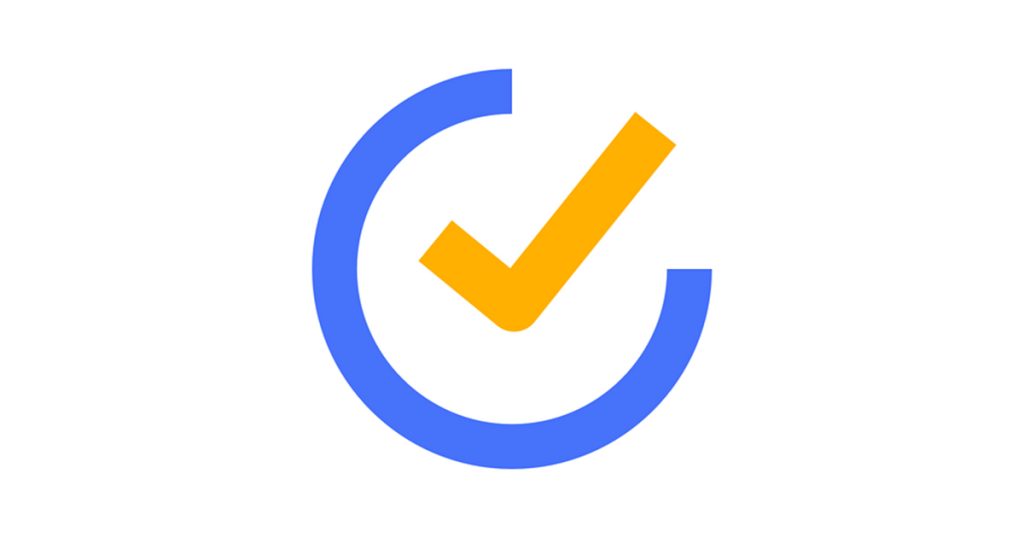
| Pros | Cons |
| Cross-Platform | Can’t Integrate Google Calendar |
| Easy Collaboration | Limitations in Tagging Other Users |
| Fast | |
| AI Integration |
Many users have switched to TickTick as their personal Task Manager app due to its power-packed features.
TickTick provides you with multiple reminders, including a countdown to the number of days remaining until the due date. The countdown feature is an upgrade from other task managers which mostly only display the actual deadline and not the days remaining. Similarly, you can nest up to three tasks within a task.
TickTick offers easy collaboration and multiple calendar views. TickTick is also very fast in processing your tasks. Additionally, TickTick has cool AI features like smart date parsing that will schedule tasks from phrases such as tonight, tomorrow, and so on. You also get to enter information through voice input and easily turn emails into tasks.
However, the cons of TickTick include the lack of google calendar integration. Similarly, you cannot unfortunately tag users individually on subtasks. Additionally, if you’re someone who’s more into simple apps, TickTick might get a bit intimidating for you to navigate. If these aren’t deal breakers for you, I highly recommend you go for TickTick.
Notion
Best Feature: Offers an Education Plan
Available On: All Devices
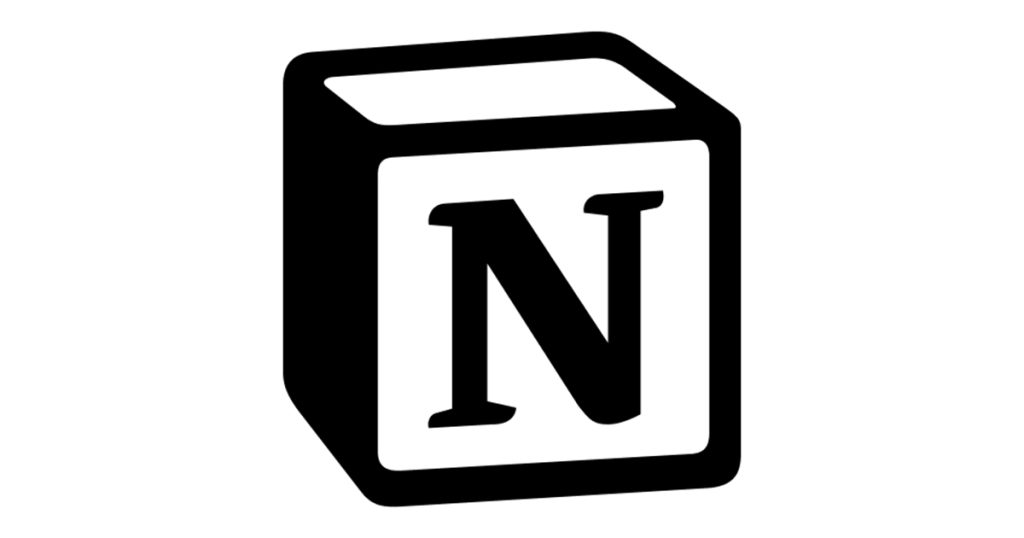
| Pros | Cons |
| Highly Customizable | Intimidating |
| Easy Collaboration | High-load Time |
| Multi-level Subpages | |
| Easy Integration with Other Apps |
Notion is yet another great task-managing app. If you’re big into customization, Notion is the perfect fit for you. You can personalize your projects by setting cover images, assigning emojis for projects and so much more. With customizability, you also get the option to create powerful databases and subpages.
Collaboration is also Notion’s strong suit. You can mention individuals in subtasks, and even resolve comments once your issue is resolved. The multi-level subpages are one of the most useful features for more intensive tasks.
If you have most of your tasks already in Google Calendar, you can easily integrate Google Calendar into Notion. Notion also has an education plan that allows students and educators to use the Plus Plan for free.
Unfortunately, you may find the numerous customizing options a lot to deal with. Similarly, the load time on Notion is slower on mobiles than on desktops. This could be a deal-breaker if you’re looking for a task manager app to use on your mobile.
Todoist
Best Feature: Productivity Recommendations
Available On: All Devices
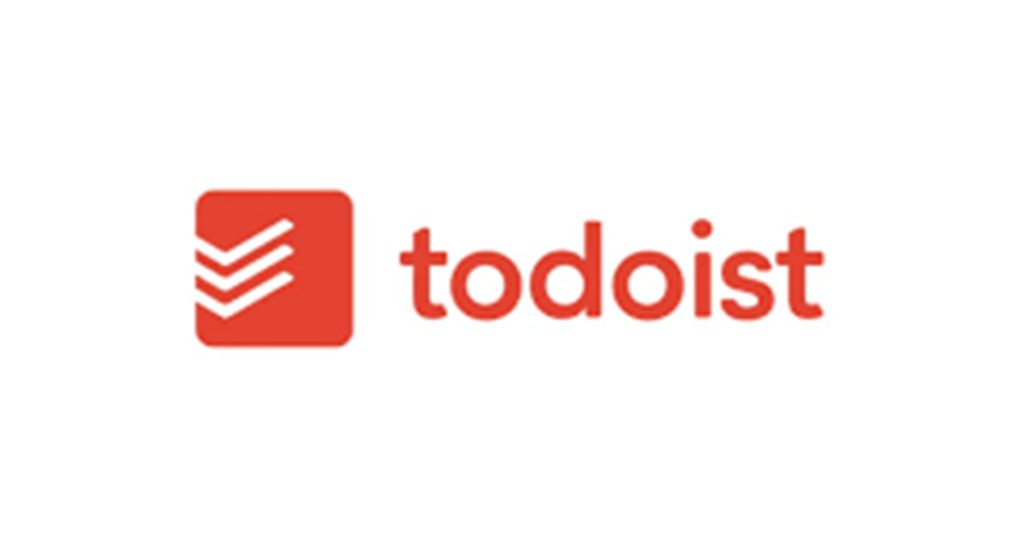
| Pros | Cons |
| Simple Interface | Difficult to Sort |
| Natural Language | Lacks an Integrated Calendar |
| Customizable Templates | |
| Easy App Integrations | |
| Personalized Recommendations |
Todoist is the go-to task manager application for many users. The simple interface makes it easier for you to stay organized. The language used is pretty natural and makes the experience of using the application that much more convenient.
Using Todoist, you can create tasks based on the priority level and set recurring days for repeating tasks. You can create shared to-do lists with people or even delegate tasks using the Todoist application. You can integrate other applications such as Google Calendar and Zapier. Once you update a task, it would then reflect on these applications.
Todoist is also pretty customizable. You can add labels, filters, and themes based on your preference for the application. Todoist also gives you productivity recommendations based on a quiz. This quiz focuses on your personal traits, including your strengths and weaknesses.
Todoist has its own downsides. Unfortunately, it is difficult to regroup tasks from all windows. Todoist also does not have a calendar inside the application which could make it harder for you to visualise your week.
Microsoft To Do
Best Feature: Easy Integration with Microsoft 365
Available On: All Devices
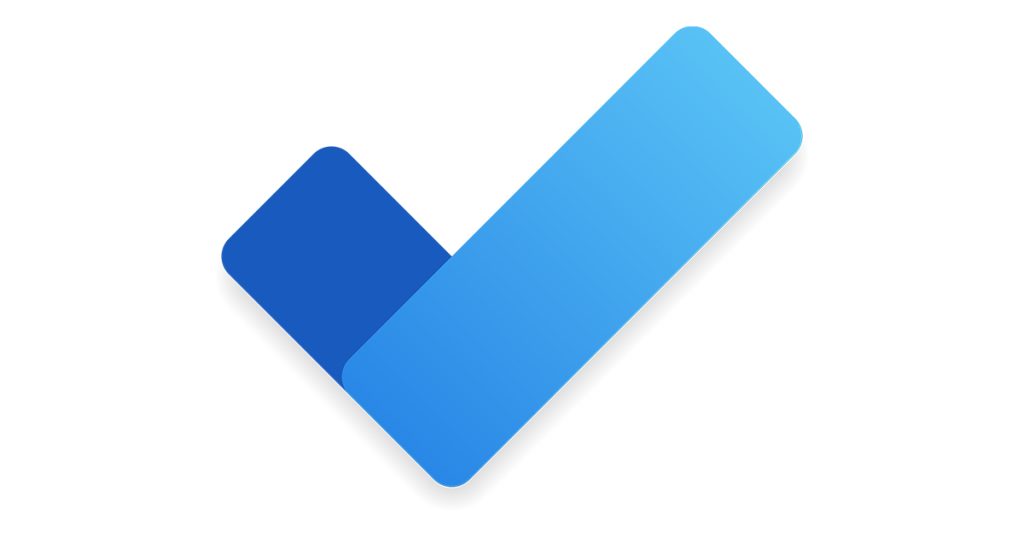
| Pros | Cons |
| Easy integration with Microsoft 365 | Not as robust |
| Customizable | Can’t nest more than one task |
| Create Shared List |
Microsoft To Do is a part of the Microsoft 365 program. If your workplace has a 365 subscription and you’re actively using other Microsoft programs like Calendar, Outlook, and Teams, you should definitely consider using MS To-do as your task manager.
MS To Do is perfect for you if you’re a Microsoft user, with or without Microsoft 365. For example, if you set a reminder on To Do, the date and time are automatically updated in your calendar. Similarly, if you flag an email on Outlook, this is automatically updated as a task in MS To-Do.
You can use To Do on multiple devices as it is also cross-platform. To Do is also customizable and allows you to set custom backgrounds for each project. While you can do this for aesthetics, this could also be for you to recognize each project window distinctly. You can also prioritize certain tasks by mentioning them in the Important section.
The con of using is that most users may not find the program as robust as the ones in the market today. You may find it a bit hard to track longer tasks as it somewhat lacks a nested structure.
Google Tasks
Best Feature: Integration with Google Workspace
Available On: All Devices
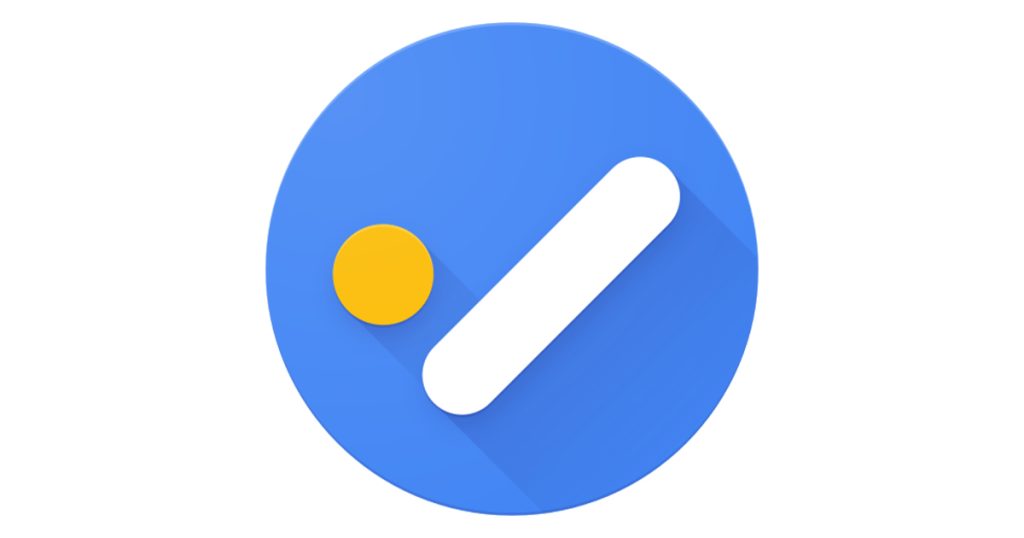
| Pros | Cons |
| Easy integration with Google Workspace | Not the best for longer tasks |
| Simple | Only good for personal use |
| Uses Google Calendar |
If you’re looking for a simpler application to handle your to-do lists, Google Task is for you. Google Tasks is also built into the program Google Workspace, this makes it easier for you to assign tasks using utilities like Gmail and Google Calendar.
Google Tasks is very simple to navigate. Think of creating a to-do list with pen and paper; Google Tasks is the digitized version of that. Additionally, once you create a task, you can integrate it into your Google Calendar.
You can also nest subtasks using Google Tasks. You can even drag and drop emails from your Gmail inbox to Google Tasks as a to-do list. Google Tasks allows you to use keyboard shortcuts, which obviously speed up the entire process and boost productivity.
The only problem with Google Tasks is well, it’s too simple. Additionally, you can’t add subtasks in shared tasks. Therefore, Google Tasks is only good for individual use and not for groups.
Asana
Best Feature: Asana Intelligence
Available On: All Devices
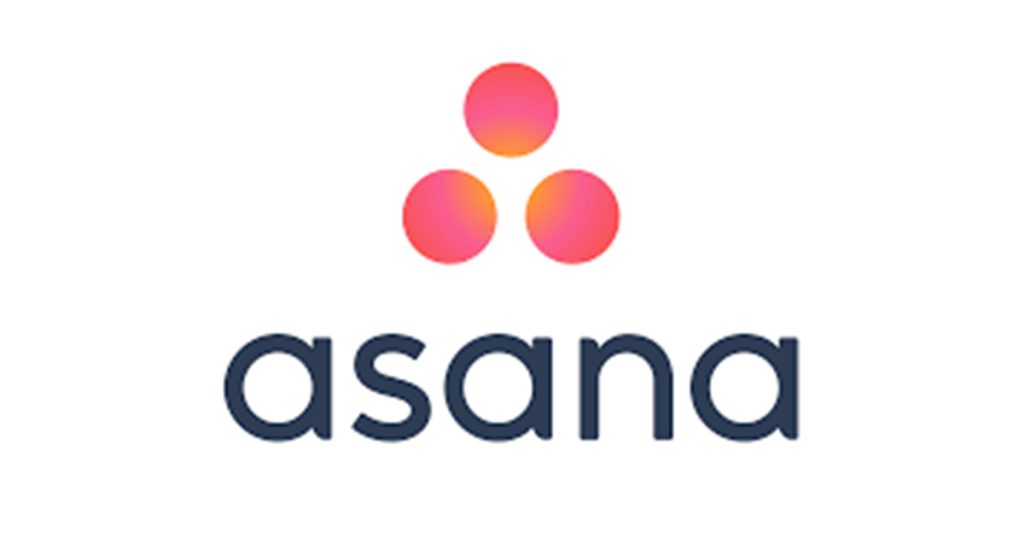
| Pros | Cons |
| Easy Project Tracking | Complicated |
| Great for Groups | Limited features in the free version |
| Swift Collaboration | |
| AI Integration |
Asana is a great Task Manager for organizations. Asana allows you to assign or organize your already assigned tasks. The Manager is really handy when it comes to managing priorities and dealing with deadlines.
With Asana, you can get the overall view of your task through the feature called Timeline. You can also use Boards. You can rename such boards according to your workflow and attach tasks in these sections. Similar to other applications, you can integrate Asana with over 450+ other applications.
Asana has beautifully incorporated the use of AI within its system. Using Asana Intelligence you get personalized recommendations for your projects. These recommendations are based on your goals and workload. AI in Asana also has a writing assistant that will edit your responses to sound more assertive.
However, there are a few issues with Asana. For starters, you cannot directly export your data in the form of a spreadsheet, creating issues in data analysis. You may also have issues sorting your projects as Asana only allows you to sort in descending order.
Amplenote
Best Feature: Easy Navigation
Available On: All Devices
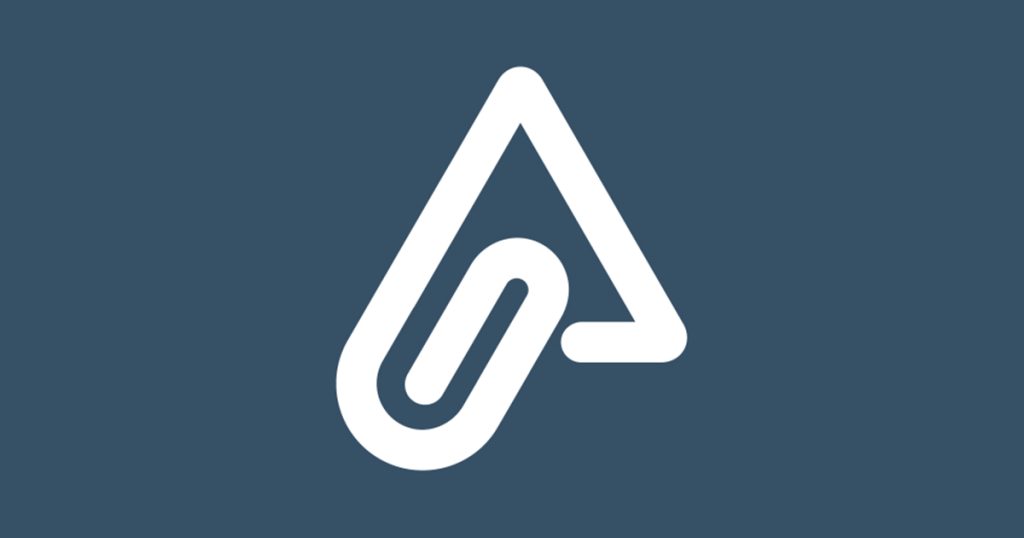
| Pros | Cons |
| Great user experience | No Kanban View |
| Easy collaboration | Cannot Insert Equations |
| External app integration | |
| Offline Support |
Amplenote is a fairly new task manager application launched in 2019. However, this application has quickly grown in popularity as one of the best note-taking apps.
In Amplenote, you can create to-do lists and embed multimedia like audio and video. Amplenote has a special feature called “Task Score” which recommends which task you should focus on today. This aims to help you in focusing on key tasks. Similarly, Amplenote allows you to enter all your information inside a section called “Notes”.
Amplenote has its own integrated calendar within the application. Using the calendar view, you can take a look at your tasks throughout the day or even the week. You can also easily collaborate using Amplenote. Additionally, you can easily import data from other applications such as Notion, Evernote, and more.
One of the cons of Amplenote is that it doesn’t have math-type support (LaTex). Furthermore, you do not have advanced view options such as the Kanban view which can make it harder to analyze data.
Apple Reminders
Best Feature: Location-base Reminders
Available On: iPhone, iPad, Mac
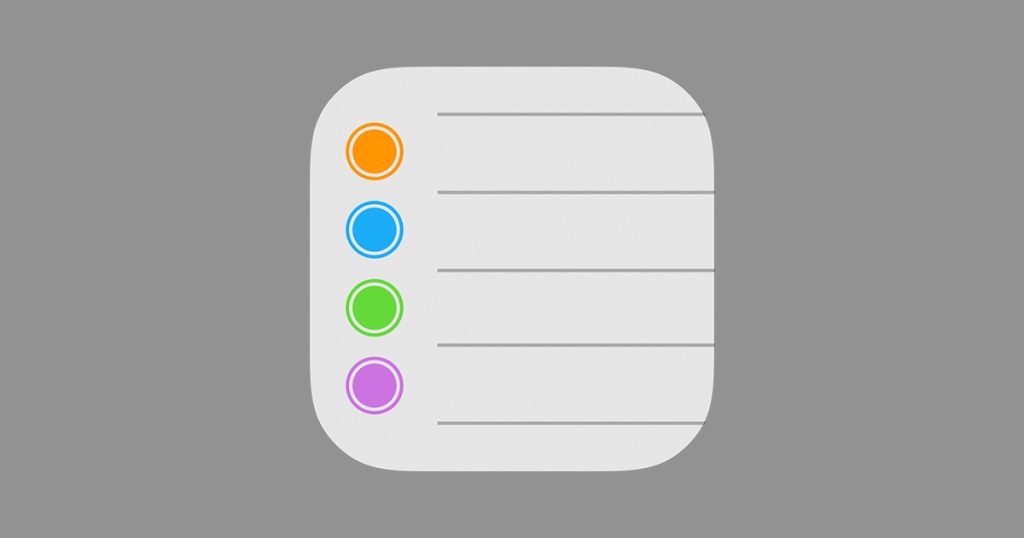
| Pros | Cons |
| Simple to Use | Limited to Personal Use |
| Location-based Reminders | Collaboration Limited to iCloud Users |
| Siri Integration |
Apple Reminders is a great task management app to use if you’re in the Apple ecosystem as it comes built-in with your Apple device. This application is great for personal use as you can set reminders for different areas like work and personal.
One of the best things about Apple Reminders is that it is extremely easy to navigate. You can also use Siri to add tasks to the reminder app. You can also set a task as recurring, and get reminders accordingly.
You can also add location-based reminders using Apple reminders which, personally, is the best feature a task manager application can have. You can set the reminder to go off in saved, or even custom locations. You can back up your reminders using iCloud so you can also view your lists on other devices.
While Apple Reminders is amazing for personal use, you cannot use this utility for bigger organizations. Additionally, creating and managing subtasks may be a bit harder in comparison to other applications.
ClickUp
Best Feature: Multiple Views
Available On: All Devices
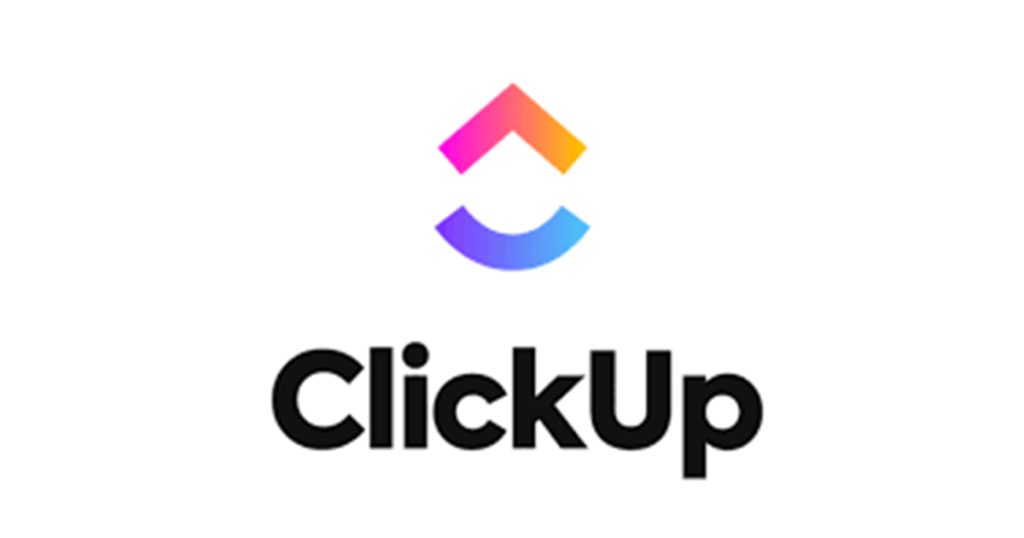
| Pros | Cons |
| Great for organizations | In-app bugs |
| Easy Collaboration | Too many distracting features |
| Great User Interface |
If you’ve been looking for Task Manager applications, you must’ve come across ClickUp at least once. ClickUp is definitely worth it considering its powerful features. It also has multiple views including board, list, and calendar view along with fifteen other ways you can view your tasks.
One of the great things about ClickUp is that you get access to many different features while being on the free plan. This is quite the contrast to many other task manager apps that usually ask you to upgrade to use key features.
ClickUp is great for bigger groups. You can easily create a customized space for each department of your organization. You can seamlessly collaborate with the members of your project. You can create assigned subtasks and also have a threaded conversation with individuals.
One of the bigger cons of ClickUp is that it can get really buggy at times. This can cause certain features to not work at times. Similarly, the availability of so many features can get intimidating for new users.
Things 3
Best Feature: Getting Things Done (GTD) Methodology
Available On: iPhone, iPad, Mac
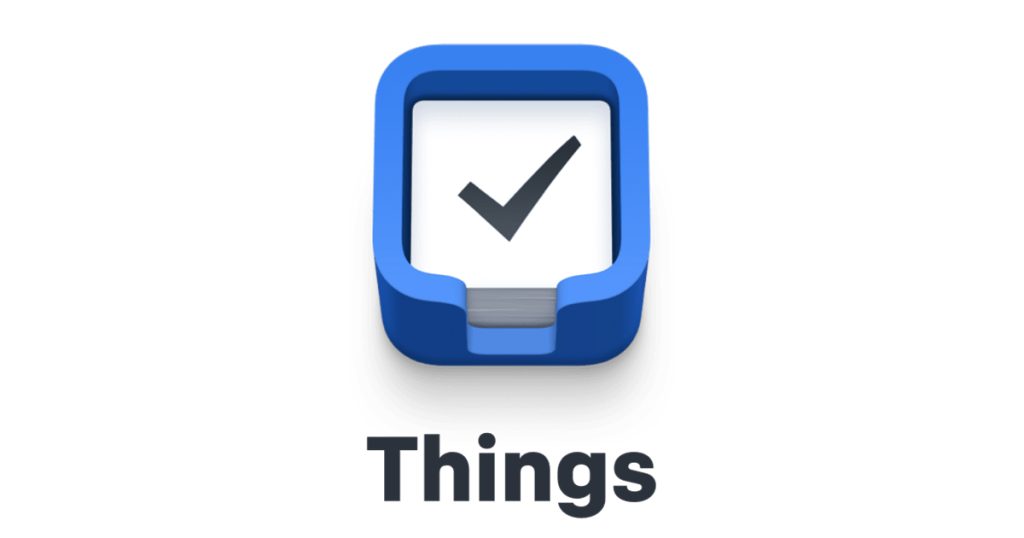
| Pros | Cons |
| Simple interface | Pricey |
| Supports keyboard shortcuts | Only available for Apple devices |
| Siri integration | Cannot Collaborate |
| Does not support attachments |
Things 3 has a very simplistic approach when it comes to getting things done. The user interface is very easy to navigate thanks to its clean interface. Particularly, it has a less alarmistic approach to deadlines, which could be a great feature if overdue tasks tend to stress you out.
If you’re used to the Apple ecosystem, Things 3 offers quick synchronization that works across all your Apple devices. Things 3 also has a range of gestures and keyboard shortcuts that make it easier to use.
You can use Things 3 for mostly personal use. Things 3 is great with recurring tasks and pushing reminders on time. You can also use Siri to push reminders within the Things 3 application. You can organize your tasks according to the Today, Evening, and Upcoming lists, which makes it easy to schedule your week.
Unfortunately, Things 3 is only available for iOS, iPadOS, and Mac. This limits this amazing application from users that use other OS. Similarly, Things 3 is limited to being a personal application and does not support collaboration with other users.
OmniFocus
Best Feature: Getting Things Done (GTD) Methodology
Available On: iPhone, iPad, Mac
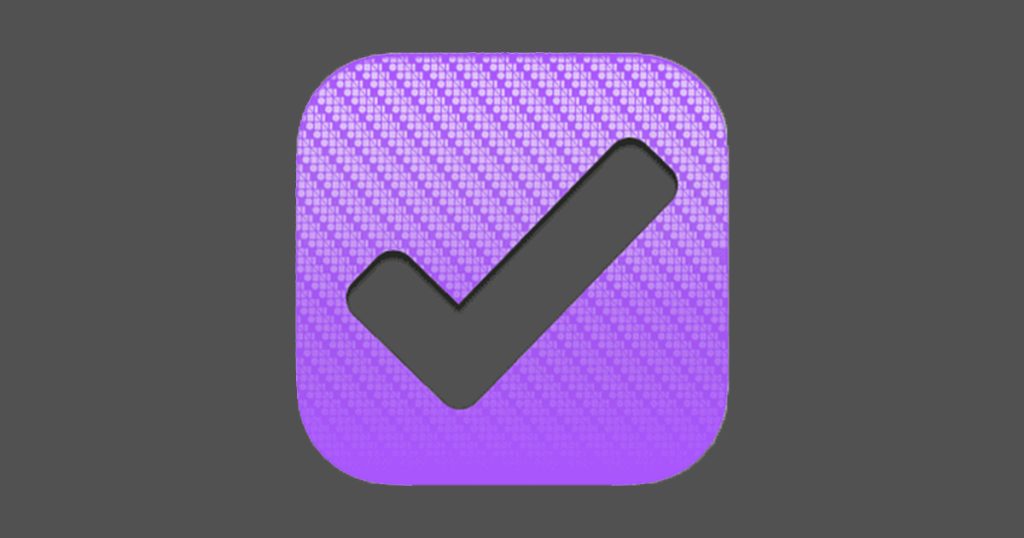
| Pros | Cons |
| Offline Access | Clunky web version |
| Sequential Groups | Pricey for individuals |
| Easy sync across all Apple devices | Lacks Natural Language Processing (NPL) |
| Reminders for deferred and recurring tasks |
Say, you work at a company but are also self-managing your side hustle. This would mean that you would have to focus on completely different tasks each time you’re working on either of the projects. If you’re constantly caught up with such a busy schedule, OmniFocus should be the right pick for you.
You can store your tasks in projects or single action lists. This is a useful feature to separate longer tasks that might have nested tasks. One of the stand-out features of OmniFocus is the Sequential Groups and Projects. In this system, you must complete a certain task before the next one becomes available for you.
OmniFocus claims to act as your “second brain” by organizing your tasks into a system. You can set tasks as deferred, or recurring and OmniFocus will push reminders accordingly. As it is built around the Getting Things Done (GTD) methodology, the application also has a feature to review when your project was last seen to keep track of your tasks.
However, the OmniFocus app is limited to Apple devices. Although it has a web version for PCs, it’s not as great as the app version. Similarly, the app can be a bit pricey for small businesses and individuals. Sometimes, you may also get lost in the functionality which might divert you from completing your tasks.
Any.do
Best Feature: Great on Mobile Devices
Available On: All Devices
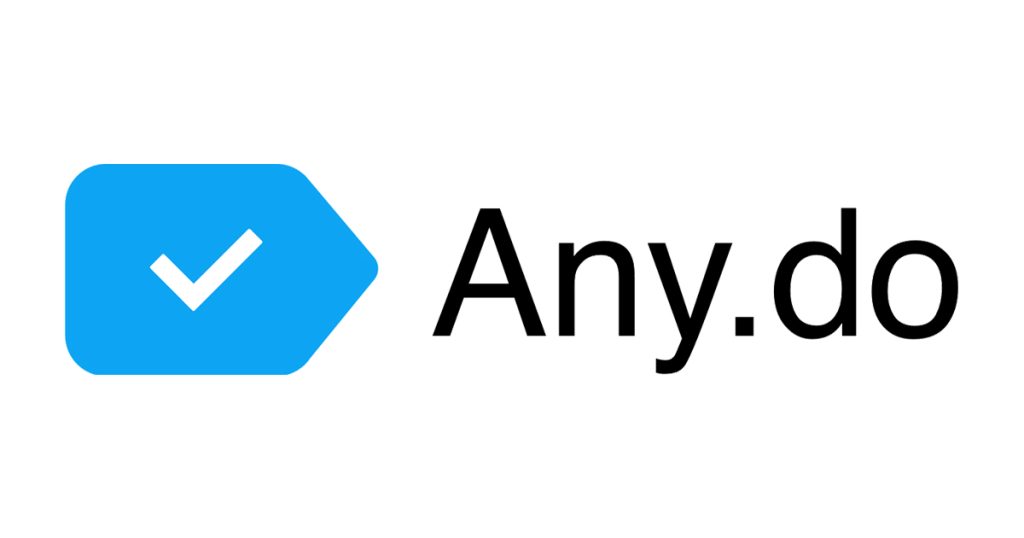
| Pros | Cons |
| Location-based reminders | Limited Features |
| Simple Interface | Limited AI Integration |
| Integrated Calendar |
Any.do is a pretty simple task manager application that efficiently manages your to-dos through lists, reminders, calendars, and a daily planner.
You can create a roadmap of your entire day using the My Day feature and view tasks individually through the calendar view, which is integrated into the Any.do app. One of the great features of Any.do is that the mobile application works just as great as the desktop version. This allows you to get the most out of this task manager app.
In addition, Any.do allows you to synchronize your information across your devices. The easy-to-navigate user interface is simple and lets you access your tasks with the least distractions. Using Any.do, you can also get one-time, recurring, and even location-based reminders.
While you should definitely use Any.do for personal use, it might not be as robust for larger groups, or organizations. There are other task manager applications with powerful AI integrations that Any.do mostly lacks.
Hive
Best Feature: Gatt View
Available On: All Devices
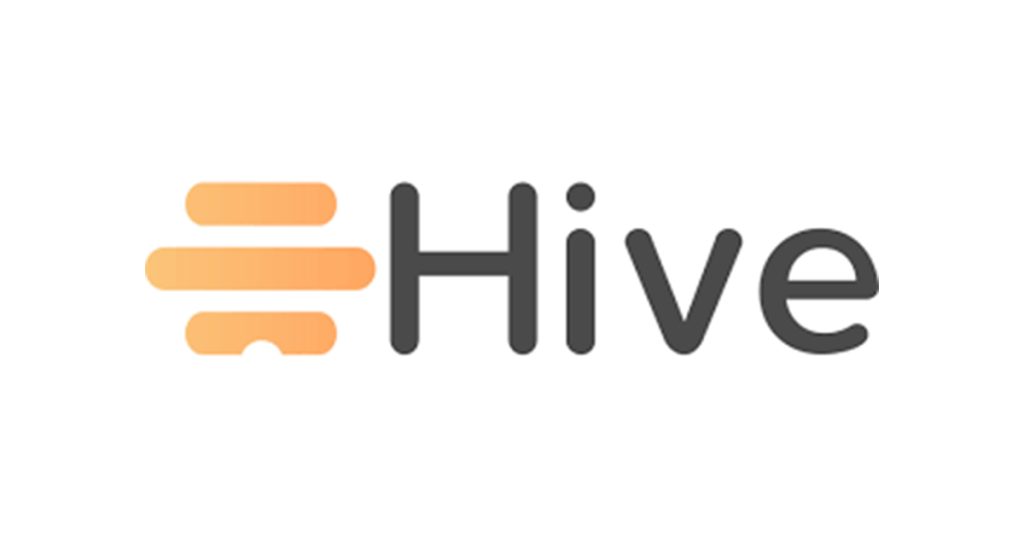
| Pros | Cons |
| Powerful AI Integration | Complex Interface |
| Multiple Views | Limited Data Management Options |
| Easy External App Integration | |
| Access to Analytics |
Hive is a great task manager application. You should consider using this utility if you’re working on a bigger organization and have a lot of tasks to manage. You can manage your tasks through approved workflows, and pre-existing project templates.
Once you assign tasks, Hive automates the progress-tracking process and provides easy synchronization with other business tools. You can collaborate with your teammates in real-time which is a great feature if your projects are time-sensitive.
One of the best features of Hive is the visibility the application offers. You can use the Gantt View to visualize your tasks in a timeline format. Similarly, you have the Kanabn view that allows you to check the progress of a task by sorting them under the Unstarted, In progress, and Completed sections.
With all the amazing features Hive offers, the overall interface may sometimes look complex for a new user. When you first start using Hive, you might take a moment to adjust to the interface, before you can truly begin being productive. Similarly, it also lacks a few options like exporting data to back data locally, data partitioning, and indexing.
Remember The Milk
Best Feature: Fast Load-Time
Available On: All Devices

| Pros | Cons |
| Offline Support | Subtasks Limited to Paid Versions |
| Keyboard Shortcuts | Limited AI Tools |
| Offers Advanced Searches | |
| Easy Integration with External Apps | |
| Can Create Scripts to Automate a Task |
Remember The Milk (RTM) has been around for quite a while now and it is still popular among its users. You will see that the utility has a very simple interface that makes it easy for you to navigate your tasks.
The program is also fairly fast. You can update your tasks and sort through your lists comparatively faster than most task managers in the market. Additionally, you can use RTM offline. You can add tasks or reminders on the application offline, which your team can access virtually once you’re back online.
RTM also supports keyboard shortcuts that make the utility faster than it already is. Additionally, you can conduct advanced searches within the system using features like Smart Add. You can integrate RTM with external applications like Gmail, and Twitter to get reminders from these apps as well. You can also use “MilkScript” to create your own code to automate tasks within the RTM app.
While you can use voice assistance from Siri in RTM, it lacks other AI features like predictive analysis. This can be a bummer when you’re working on a bigger project. Similarly, the features are quite limited in the free version so, if you’re looking for a good task manager for free, RTM might not be for you.
Toodledo
Best Feature: Separate Section for Habits
Available On: Web, Android, iOS

| Pros | Cons |
| Great Integration Options | Limited to three levels of hierarchy |
| Customizable | Dated Interface |
| Location-based Reminders | App not Available for PC and Mac |
Toodledo is a simple task management program that is great if you’re into the Getting Things Done (GTD) Methodology. The Toodledo app has everything you need to stay productive, without a lot of distractions.
Toodledo is organized into Tasks, Notes, Outlines, and Habits. In Tasks, you can also set priorities from -1 to 3 (least to top). Additionally, you can sort each task into other folders. Once you’ve added your tasks, you can also look for the assigned tasks from the search bar. If you’ve set a location for your tasks, you will also receive location-based reminders.
Toodledo also has an integrated notes section. You can jot down details about a task in this section which could then help you in completing that task. Similarly, if you’re interested, you can cultivate a good habit from the Habits section of Toodledo. You can create a daily log of your habit like exercising, meditation, and so on.
Although Toodledo is a great application, the interface as a whole seems to be quite dated. There are other task managers on the market with more fluid and interactive designs. Additionally, there is no application for Windows and Mac which could be a deal breaker for many users.
Nozbe Personal
Best Feature: Third Party App Integration
Available On: All Devices

| Pros | Cons |
| Great for Collaboration | Competitive Pricing |
| Can Integrate Other Apps | Fewer Features |
| Cross-Platform | Issues Navigating Tasks |
| Advanced Search | |
| Supports Keyboard Shortcuts |
Nozbe Personal is an intuitive to-do application, also inspired by some of the GTD methodologies.
Nozbe Personal is great as a personal to-do list application. With that said, it also offers fluid collaboration with other users to create a shared to-do list. Nozbe Personal has also recently integrated applications like Evernote, Dropbox, MS Office, and Google. This way, you can get reminded from other platforms about your tasks as well.
You can use syntaxes to search for tasks in the Nozbe Personal app. This definitely will save you clicks while navigating for a task on your list. Similarly, the app also has keyboard shortcuts to create, navigate, and edit tasks. As Nozbe is cross-platform, these shortcuts are available for Windows, Linux, Mac, and the web version as well.
Nozbe Personal, is, however, not free. This could be a deal-breaker for many individuals or small-business owners—similarly, other applications with almost the same price offer more automated AI features. You might also need help navigating across your tasks as the ones due tend to pile up in the same view.
ProofHub
Best Feature: Custom Reports
Available On: All Devices
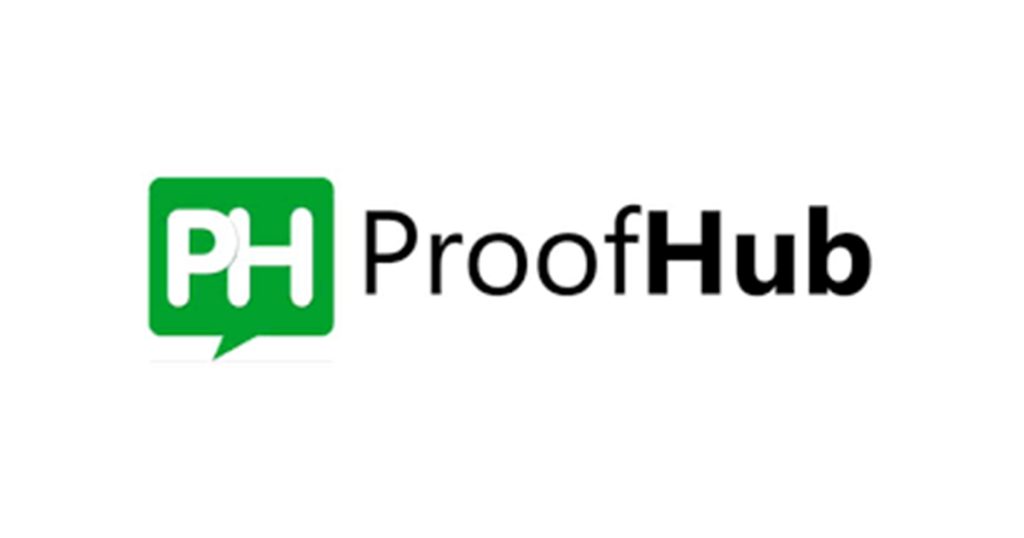
| Pros | Cons |
| Track Projects Based on Time | No Free Version |
| Create a Visual Workflow | Limited External App Integration |
| Customize Templates | Advanced Interface |
| Produce Analytics |
ProofHub is a task manager targeted primarily for project management. The core features of this application include project views, project management, reports, views, accessibility, admin control, collaboration, and integrations.
You get a detailed view of your project through five types of views, with an integrated calendar to visualize your workflow. In ProofHub, you get to manage your projects by adding subtasks to your task, tracking the assigned tasks in real-time, and even sorting tasks through appropriate labels. It also has the option to import information through .csv files that most apps lack.
ProofHub does not just end up managing your tasks. It also generates reports based on individual projects, resources, and even workloads. These reports provide good insight while planning for future tasks. ProofHub is also great for collaborations and has good admin controls.
Unfortunately, ProofHub discontinued its free version. Additionally, the price tag can be a lot for small business owners with fewer employees as it’s $89/month for unlimited users. Similarly, while ProofHub has integrations with popular apps, it is still limited.
Flow
Best Feature: Public and Private Projects
Available On: All Devices

| Pros | Cons |
| Clean Interface | Buggy Mobile App |
| Privacy Control over Projects | Difficult to Navigate |
| Multiple Workload Views | |
| Great App Integrations |
Flow is used by one of the big names in the industry. It’s the clean interface of the application that helps a lot in organizing tasks.
Flow has extensive features that come in handy while managing a project. You can set roles and permissions accordingly to maintain privacy over your projects. Additionally, it has three types of workload views: employee workload, company workload, and team workload. You can also switch between the task list, and Kanban board while viewing your team’s work.
Flow also allows you to integrate more than a thousand applications inside the program. You can easily collaborate with your colleagues by passing comments and creating discussions. You can set your tasks as recurring and even archive your projects.
One downside of Flow is that the extensive availability of its features makes it difficult to navigate. Additionally, the mobile app of Flow is not as great as the desktop version.
Trello
Best Feature: Kanban Style View Board
Available On: All Devices

| Pros | Cons |
| Easy Collaboration | Limited to Project Management |
| Highly Customizable | Doesn’t Show Task Dependencies |
| Can Integrate Other Apps | Does not have Time Tracker |
| Powerful AI Use |
Trello is a popular task manager application among many productivity enthusiasts. Trello uses the board layout, which simplifies the process of viewing tasks. Similarly, it also offers customizability which helps you personalize your experience.
Trello has a simple interface. You can create boards, lists, and cards to create your to-do lists and keep your tasks on track. You can attach media and create checklists within cards as a powerful way to stay organized. Trello is great for groups as you can create shared tasks, and set and view deadlines.
You can also easily synchronize the Trello app across multiple devices. Similarly, third-party app integration is seamless in Trello. The free version of Trello already offers enough functions for an individual and a small group.
Trello, however, tends to get quite limited when it comes to project management. Similarly, there isn’t a structure that shows the relationship between tasks; they’re seen more as separate entities. Trello also doesn’t have a system that tracks time spent on tasks, which is almost always non-negotiable for time-based projects.
Memorigi
Best Feature: Nag Me
Available On: Android
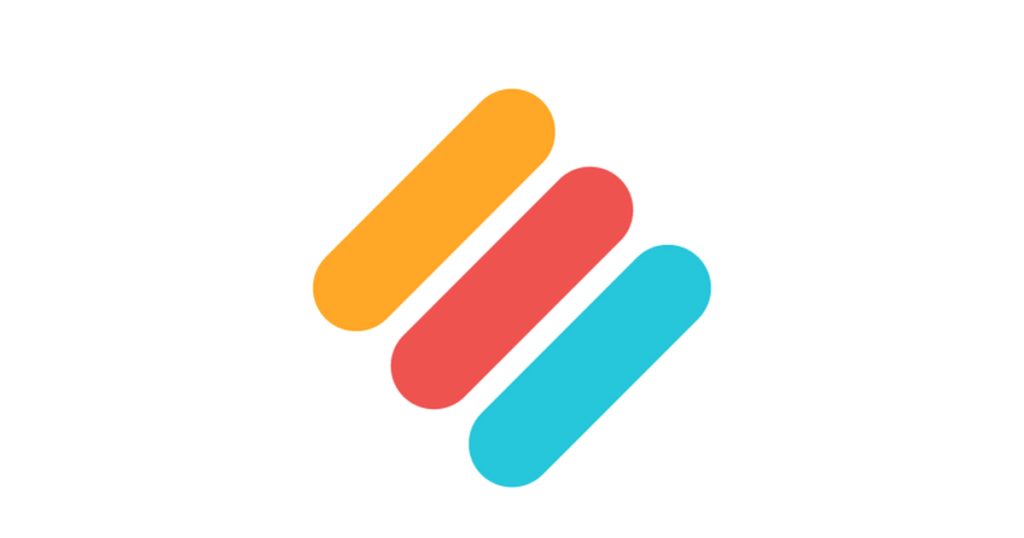
| Pros | Cons |
| Easy to Navigate | No Desktop and iOS version |
| “Nag Me” tool for procrastination | No Time Tracker |
| Customizable | |
| Location Based Reminders |
Memorigi is one of the more visually aesthetic to-do apps out there. The application is highly customizable, and you can add different icons and colors to distinctly identify each of the tasks.
Memorigi is pretty simple to use thanks to its beginner-friendly interface. It has an integrated calendar for you to have a better view of your tasks. For procrastinators, there is a special, “Nag Me” feature that keeps pushing reminders without a snooze button!
Memorigi also has incorporated AI within the system for features like Smart Snooze. Smart snooze decides the duration of your snooze time, which helps you stay productive. Additionally, you can set location-based reminders, which personally is a big up.
Unfortunately, Memorigi is only available on Android. This limits its use from iOS and PC users. Similarly, it would be great if Memorigi had a feature to track the total time spent on a task.